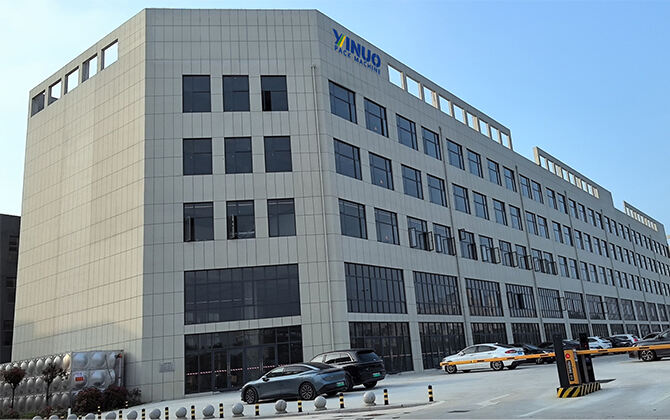Contact Info
1st Floor, Building 8, Yangluo Jinhao Industrial Park, Xinzhou District, Wuhan, China 430415
The fully automatic natto tray filling and sealing packaging line is a complete set of equipment system for automated packaging of natto products. It can realize unmanned operation of the entire process from natto filling to finished product packaging, thereby improving production efficiency and packaging accuracy.

The fully automatic natto tray filling and sealing packaging line is a complete set of equipment system for automated packaging of natto products. It can realize unmanned operation of the entire process from natto filling to finished product packaging, thereby improving production efficiency and packaging accuracy.
The eight processes of the natto factory include cleaning, soaking, cooking, inoculating natto bacteria, packaging, fermentation, cooling and packaging for shipment.
Raw material processing, bean washing, soaking, cooking, inoculation, drying and other steps, but the user asked about the box packaging production line, and drying may not be necessary, because natto is usually packaged directly after fermentation and does not need to be dried.The main steps of the boxed natto production line are as follows, combining the characteristics of automated production processes with traditional processes:
1. Raw material processing
Selected soybeans: remove impurities through roughing machines, grain shape sorting machines, metal detectors and other equipment to ensure uniform bean size.
Low temperature storage: Qualified soybeans are stored in a warehouse at 15℃ and 60% humidity to prevent deterioration.
2. Bean washing and soaking
Cleaning: Use a bean washing machine to remove surface sand and organic matter.
Low temperature soaking: Soak in cold water below 10℃ for 23-24 hours (the higher the water temperature, the shorter the time), so that the beans absorb water and expand to 2.3-2.4 times the original weight, ensuring that the subsequent steaming and softening are sufficient.
3. Steaming and sterilization
High pressure cooking: Put the soaked soybeans into the cooking tank, pass steam to a pressure of 1.0-2.0kg, and keep it for 30-40 minutes to kill bacteria and soften the tissue structure.
Release steam: Release the pressure slowly and then open the lid to avoid the bean curd skin from breaking.
4. Inoculation of Natto
Preparation of bacterial liquid: dilute the Natto spore suspension with sterilized water (e.g. 5cc of bacterial liquid is diluted to 2kg).
Uniform spraying: inoculate by spraying or pouring at 70-90℃ to ensure that about 4,000 spores are attached to each gram of soybeans.
5. Automatic subpackaging
Quantitative filling: the inoculated soybeans are subpacked into box containers by an automatic filling machine, and the weight of each box is precisely controlled.
Sealing treatment: some production lines are directly sealed after subpackaging to reduce the risk of secondary contamination.
6. Constant temperature fermentation
Fermentation conditions: put it in a fermentation room at about 40℃ for 18-24 hours, and use Natto bacteria to decompose soybean protein to produce sticky substances (nattokinase, etc.).
Humidity control: maintain a high humidity environment to prevent the beans from drying out.
7. Rapid cooling
Low temperature dormancy: after fermentation, transfer to the cooling room to put Natto bacteria into a dormant state, stop the fermentation process, and maintain a stable flavor.
8. Packaging and quality inspection
Finished product packaging: The cooled natto boxes are automatically labeled and bagged to form the final product.
Quality inspection: Sampling inspection of appearance, odor, sticky thread length and microbial indicators to ensure compliance with hygiene standards.
Key technical points
Automation equipment: Multi-head weigher, automatic filling machine, constant temperature fermentation system, etc. are used to improve efficiency and accuracy.
Sanitary control: Low temperature operation (such as soaking and cooling) throughout the process inhibits bacteria, and high temperature cooking is used for sterilization.
Fermentation parameters: Strictly control temperature and time to ensure the activity of nattokinase and the formation of flavor.